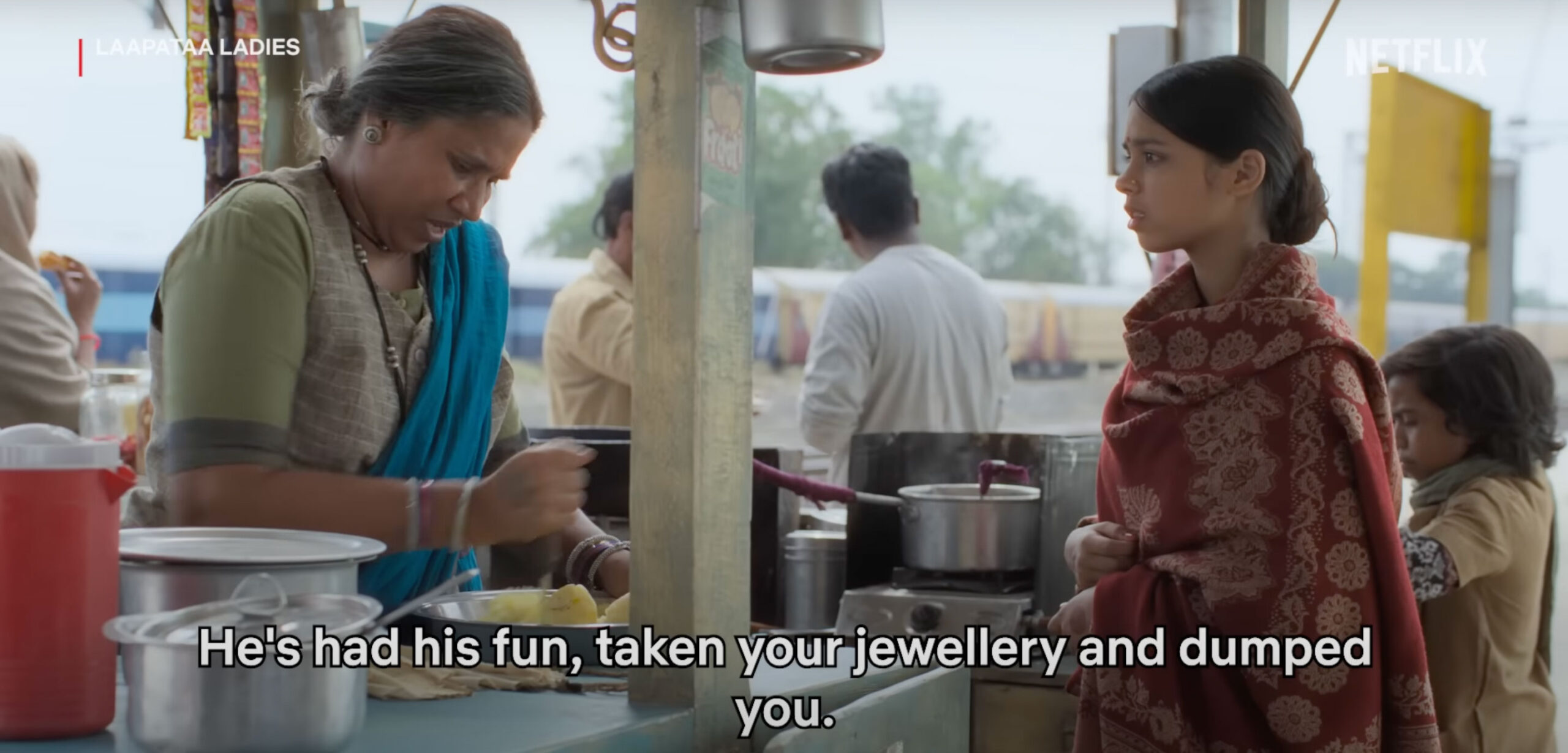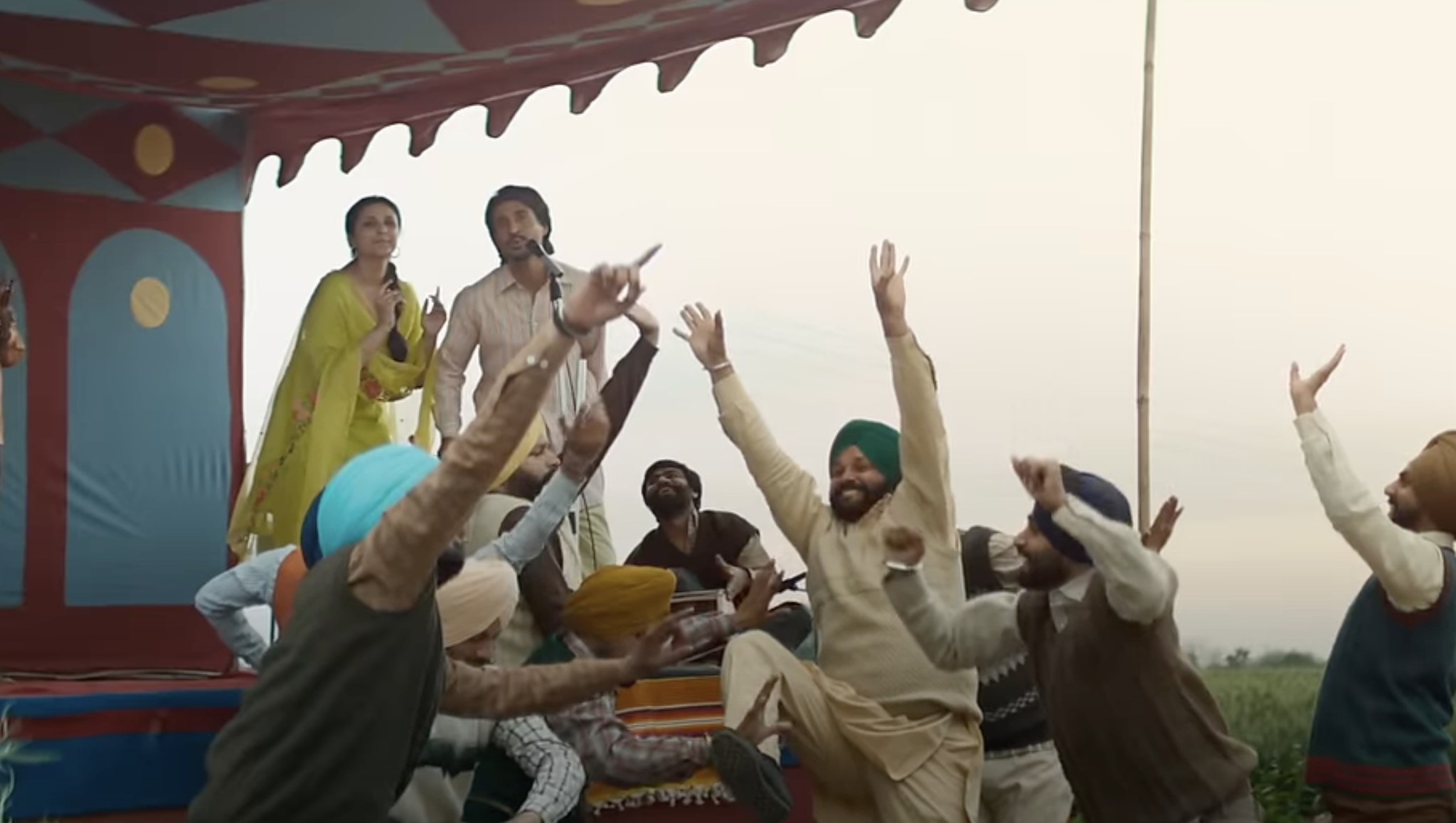Caste has only been assuming new forms in Indian society. No process for becoming a caste-less society is visible anywhere. One can be modern or post-modern but not caste-less! This is a tragedy of momentous proportions. What can be the project for freedom from caste? How should a writer or a social activist fight against caste? This is the focus of a FORWARD Press series titled Project for Deliverance from the Stigma of Caste. This article by Nijam Gara is part of the series:
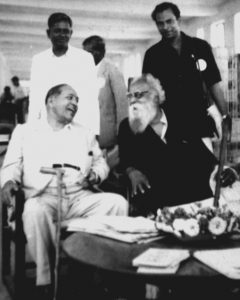
More than hundred years ago, at a young age of 25, Bhimrao Ambedkar delved deep into the origin of castes in his paper “Castes in India”, which he presented at Columbia University. He defined caste as an enclosed class and suggested that the originator of the draconian caste system was the group at the apex of the inexorable pyramid, that is the Brahmins. He opined that the all-pervasive imprint of caste on Indian society stemmed from the scourge of imitation. He further elaborated that the idea of caste spread from the Brahmin nucleus to the surrounding non-Brahmin cytoplasm and all the way to the outskirts of the Indian society by both the conscious and sub-conscious urge to imitate the core that claimed a higher social status. Using French sociologist Gabriel Tarde’s theory, he proposed that the effect of imitation is profound on the social groups closest to the most superior segment and wanes as the sociological distance increases. Dr Ambedkar took the examples of sati, girl-child marriage and enforced widowhood to explain this phenomenon where Brahmins practised these barbarian customs ardently while others imitated these customs in diminishing order in relation to their proximity to Brahmins, leading to these customs being the least prevalent among Shudras and Dalits.
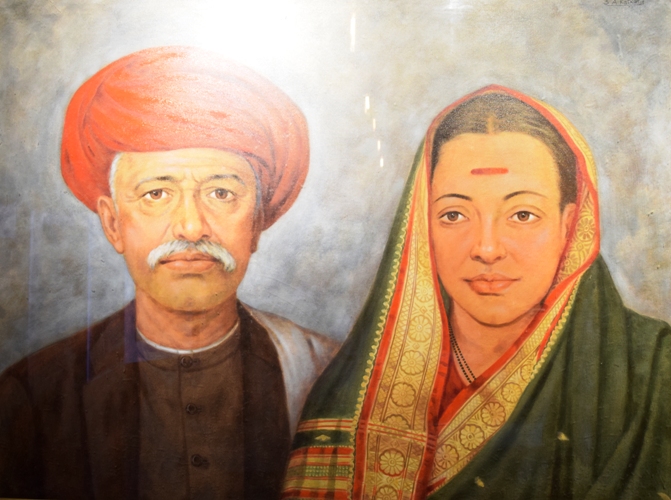
We Bahujans need to introspect. Sadly, we continue to be afflicted with the disease of imitation. In fact, it appears the sociological distance from Brahmins no longer matters as more and more Backward Caste (BC), Scheduled Caste (SC) and even Scheduled Tribe (ST) populations have irreversibly become brahmanized. Bahujans collectively throng the same temples and blindly worship the same idols that were historically out of bounds for them. We have forgotten that our labels were once “Shudra” or “Ati-Shudra” and have now tightly but awkwardly embraced the Hindu mythology. As the Brahmin social evils of sati, child marriage and enforced widowhood have ironically left the Brahmins themselves for the most part, alarmingly high rates of child marriages continue to tie the Bahujans down. They are aping new Hindu social evils such as dowry and pompous ritualism in full vigour. Even though our icons such as Savitribai Phule blazed a trail in the 19th century itself by espousing ideals of women empowerment and girl-child education, our women continue to lag behind thanks to the Independence and feudal “democracy” that only dragged us into the sanctum of Brahmanism. In most cases, our Constitutionally guaranteed and much deserved right of reservations has helped scores of Bahujans leap out of poverty only to seek the acceptance of the “mainstream” society and in the process forget the struggles of the millions of other Bahujans still left in lurch. Most appalling is the guilt and shame that many Bahujans themselves feel about reservation thanks to the incessant din that surrounds it in the media, both social and mainstream. A sizeable section of the Bahujan youth has become foot soldiers of Brahmanism as they imbibe the brahmanical value system through movies and television, which are driving them in to an irretrievable lull of falsehood and fantasy as opposed to the oppressive reality that surrounds them.

In his ardent criticism of caste in “Annihilation of Caste”, a presidential address that Dr Ambedkar prepared but could never give to the Jat Pat Thodak Mandal of Lahore in 1936, he laid threadbare the problem of caste and the seemingly innocuous root-cause that drives it, that is religion. Owing to the revolutionary nature of Dr Ambedkar’s fiery speech, the group that had invited him cancelled the conference itself. But his analysis reached a much wider audience and ignited a spirit of dissent against the monstrous Hindu religion in many prideful Bahujans that came after him. Dr Ambedkar did not mince words in identifying the crux of the problem in the Hindu religion, the blind devotion that it entails and makes the oppressed bask in the ignominy of a religion that deprives him/her of dignity and humanity. He unequivocally stated that “Hindu society is a myth”. He exposed the dubiousness of Hindu religion in saying “there is no sympathy for the deserving”, “no appreciation of the meritorious”. He exhorted the downtrodden to rid themselves of the shackles of Hinduism and suggested that the savarnas cleanse the filth of casteism. He drew upon contemporary examples of caste discrimination in the early 20th century to drive home the point of omnipresence of caste in Hindu society. He wrote that the only way to destroy caste is to target the religious notions that formed the foundation of this gargantuan edifice.
Well into the 21st century now, have we annihilated caste? To answer that question, we need to revisit the path that Dr Ambedkar suggested eighty years ago. Since we Bahujans continue to swell the ranks of Hindu religion, no, we have not annihilated caste. Rather, we seem to have strengthened it. Certainly, many have left Hinduism to embrace other religions but even there they have taken shelter under the very blind devotion and irrational ritualism that Babasaheb and Buddha thundered against. On the other hand, hapless Bahujans continue to be victims of savarna crime and hatred day in, day out. Incidents such as Una whipping (2016), Rohith Vemula’s institutional murder (2016), Khairlanji mayhem (2006), Laxmanpur Bathe slaughter (1997) and Tsundur massacre (1991), to name a few, continue to abound. The unmistakable periodicity with which these incidents take place even today almost seem to numb our collective sensitivities. Another self-evident fact is that the overwhelming majority of under-trial prisoners and death-row inmates are Dalits, Adivasis or Muslims – an unwavering proof of the falsity of such tall claims of equality and justice in post-independent India under the aegis of our Constitution.
So how do we annihilate caste? The answer is obviously not simple but has to be based upon the ways shown by Dr Ambedkar and built upon the experiences that we can gather from what happened in the 70 years since our proclaimed independence. Our work should involve a two-pronged strategy that continues to focus on the larger project of destroying the religious notions that keep enlivening caste while working towards more attainable shorter-term political goals.
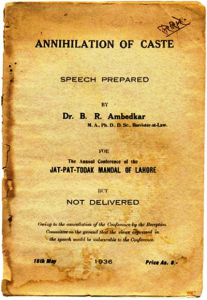
Redefining our cultural roots:
As Ambedkar stated in “Annihilation of Caste”, “Political revolutions have always been preceded by social and religious revolutions.” This emphasizes the imminent need for Bahujans of India to reflect on what is being force-fed to us as “culture” and to look back to our own roots so as to enable debrahmanization. We need to vociferously denounce Brahmanism. We don’t need to enter temples that have ostracized us. We should have nothing to do with building a temple for Ram, the quintessential protector of the Vedic law who butchered Shambuka. We should take pride in our long history of women playing an active role as breadwinners even as Hindu women were confined to the kitchens. We should recognize that a true tribute to Ambedkar is to work towards destroying Brahmanism and not just ritualistically garland or bathe his statue with milk. We should realize that nationalism and patriotism will not feed our hungry farm labourers, artisans, manual scavengers and daily-wage workers who keep the wheels of this nation turning. Our sweat and toil is our God, not the idol that shows someone to be blissfully sleeping on a snake or riding on a tiger with Mahishasur under her feet. Our life events need not be presided over by the Brahmins who considered our lives worthless for millennia. We don’t have auspicious days or “good” names – every day is the same and every name has a meaning. We don’t need to mould ourselves to fit into a particular definition of an Indian – we are humans first. We have no holy cows and we do not deserve to be ill-treated by the same Brahmins who once sacrificed animals for their yagnas. As cowherds, shepherds and milkmaids, we exemplified humane treatment of animals and as leatherworkers we provided the means for humans to keep themselves warm. As barbers and washer-folk, we mastered the art of keeping people neat and clean.
According to the great Indian ladder trick called caste, as pointed out by Ambedkar as well, “Each caste takes its pride and its consolation in the fact that in the scale of castes, it is above some other caste.” It is precisely this mentality that Bahujans in 21st century should shed. This is more of an issue with OBCs, but some caste groups among Dalits also treat each other with contempt. Such a “divide and rule” policy was the invention of the Brahmin himself, who pre-dates the British by millennia. We can rise above these attitudes only when we realize that the idea of caste itself is inimical to our progress.
Political activism
The lofty goals of a cultural revolution cannot be achieved unless the masses are enlightened on the basics of the craftiness of Brahmanism. That has to start at the grassroots, which is only possible by imparting good education in the school level. However, our Vedic governments, armoured with democracy, have been tirelessly working against the masses by restricting their access to an English-medium education and by completely ignoring their Constitutional obligation to provide education to them. Private entities that have filled the vacuum are obviously driven by the same forces that have no interest in raising the knowledge levels of our masses. Rather, these entities work tirelessly to keep them ignorant by utilizing huge mass-media resources that they control and own.
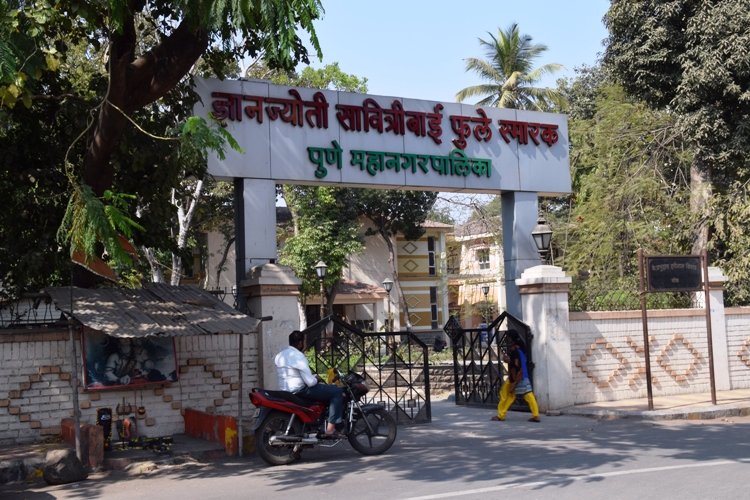
It is here that Bahujan politics have a key role to play. Unless we fight for a right to an English-medium education for all downtrodden kids, our longer-term goals can never be achieved. Imagine the galvanizing power Rohith Vemula’s last letter would have had if the masses understood his agony expressed so eloquently in English. Similarly, as democratically elected feudal chieftains withdraw the role of government from the health sector, it is predominantly the Bahujan lives that are sacrificed.
We cannot expect the ruling elite to give us what we need on a platter. We need to reclaim what we lost in the Poona pact. It is, at this juncture, unrealistic to aim for a separate electorate but perhaps we can use the democratic means available to us to slowly but surely rise to the upper echelons of power. The Bahujan vote is scattered across the states, thus rendering rudderless our population dividend. Emergence of a Dalit-Muslim voting block after the recent spate of “beef” hooliganism is a welcome sign. Though seemingly incomprehensible, next to Bahujans, women as a group are the most abused population. The earlier they realize this fact, the better for both the groups in bringing about true reform and winning political power.
Seven decades of experience post Independence has proven beyond doubt that Bahujan MPs and MLAs elected from savarna parties have no voice of their own. It is a pity that they do not even pretend to have the freedom to react on issues pertaining to the sections that they claim to represent. Bahujan faces implanted by mainstream parties will serve us no good in achieving Ambedkar’s ideal of annihilation of caste. A true Bahujan force wedded to Ambedkar’s ideals, Periyar’s cultural revolution and Phule’s social justice is the need of the hour to create a bulwark against Brahmanism and ultimately annihilate caste, the bane of our existence.
Forward Press also publishes books on Bahujan issues. Forward Press Books sheds light on the widespread problems as well as the finer aspects of the Bahujan (Dalit, OBC, Adivasi, Nomadic, Pasmanda) community’s literature, culture, society and culture. Contact us for a list of FP Books’ titles and to order. Mobile: +919968527911, Email: info@forwardmagazine.in)


